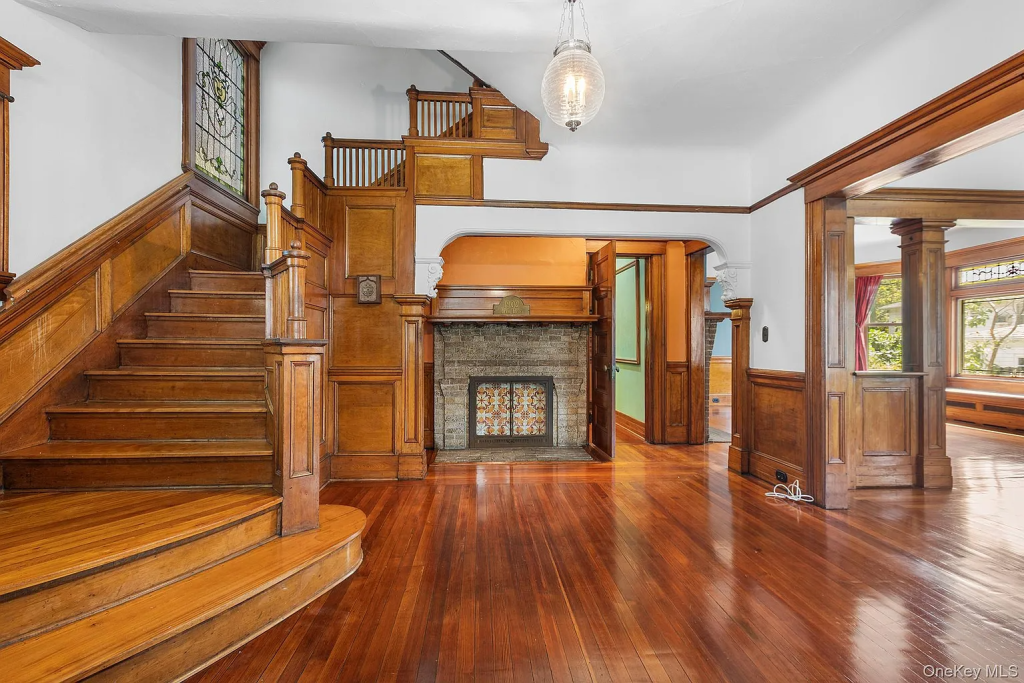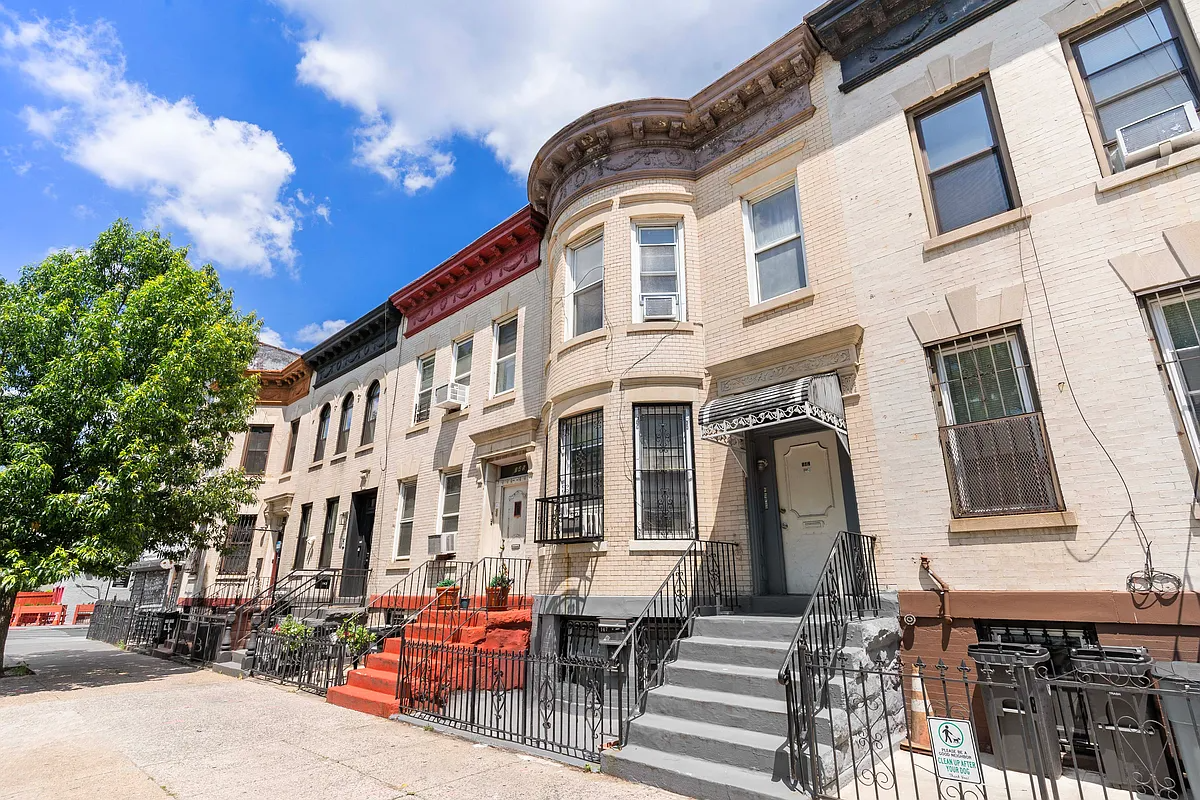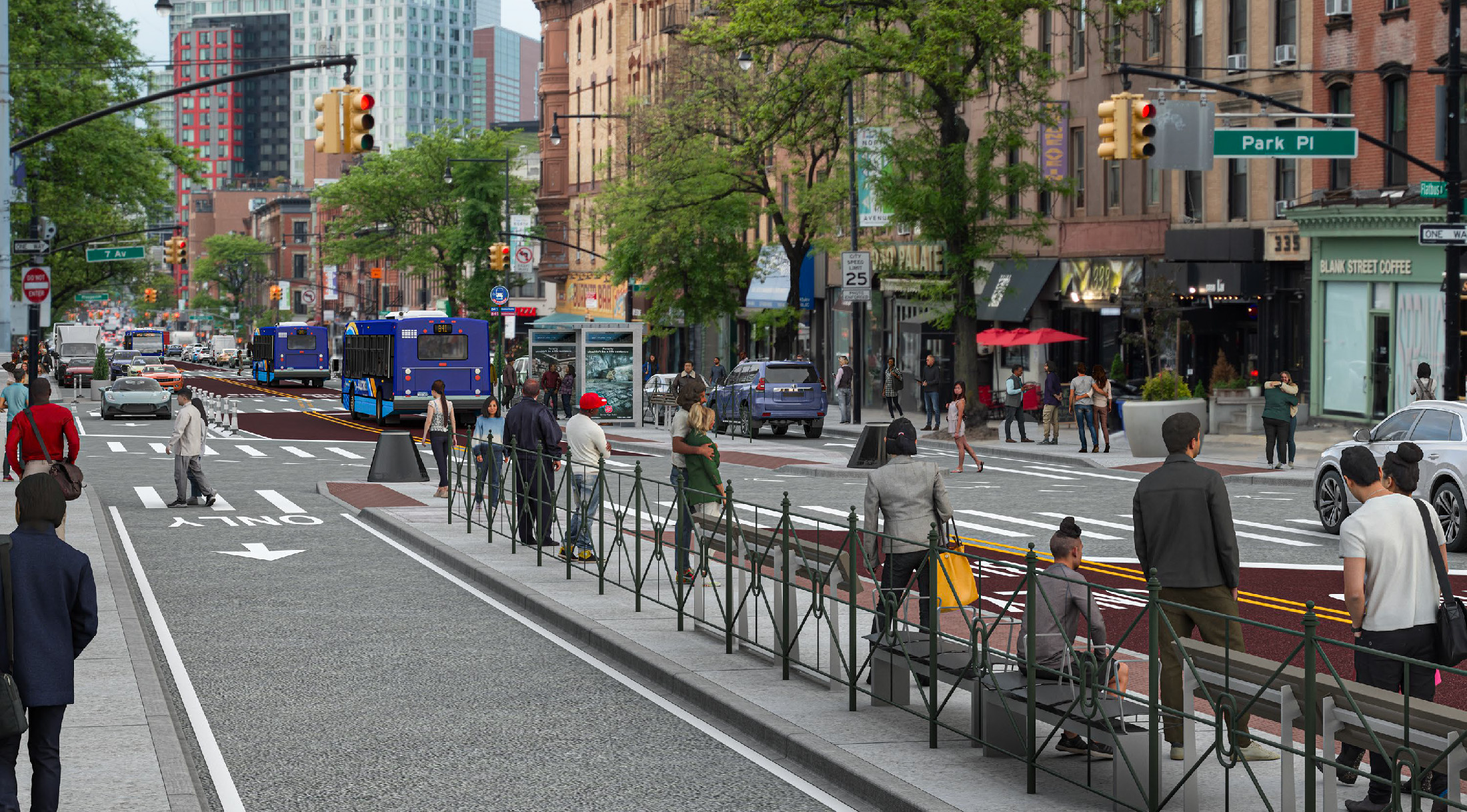The Architecture of Happiness
Alain de Botton’s latest book, The Architecture of Happiness, meditates on the meaning and purpose of architecture, all the while trying to get at the question of just what makes one building beautiful and another hideous (and whether there’s really any objective way to say). As the reviewer Jim Holt points out, this is a…

 Alain de Botton’s latest book, The Architecture of Happiness, meditates on the meaning and purpose of architecture, all the while trying to get at the question of just what makes one building beautiful and another hideous (and whether there’s really any objective way to say). As the reviewer Jim Holt points out, this is a topic with almost universal relevance, as architecture is the most public of arts. “If Donald Trump pulls down a few 19th-century brownstones to put up the 110-story gilded-glass Trump Basilisk,” Holt writes, “We’re all going to have to look at it, even if it kills us.” De Botton’s answer is that great buildings are defined by their ability to speak of visions of happiness. Gothic arches convey ardor and intensity, and Richard Neutra’s mid-century home speak of honesty and ease, of a lack of inhibition and a faith in the future. What vision of happiness does the brownstone form speak to?
Alain de Botton’s latest book, The Architecture of Happiness, meditates on the meaning and purpose of architecture, all the while trying to get at the question of just what makes one building beautiful and another hideous (and whether there’s really any objective way to say). As the reviewer Jim Holt points out, this is a topic with almost universal relevance, as architecture is the most public of arts. “If Donald Trump pulls down a few 19th-century brownstones to put up the 110-story gilded-glass Trump Basilisk,” Holt writes, “We’re all going to have to look at it, even if it kills us.” De Botton’s answer is that great buildings are defined by their ability to speak of visions of happiness. Gothic arches convey ardor and intensity, and Richard Neutra’s mid-century home speak of honesty and ease, of a lack of inhibition and a faith in the future. What vision of happiness does the brownstone form speak to?
Book Review: Dream Houses [NY Times]





However, that was not the main point of my 12/12 1:52 comment. I was wondering whether something that today looks ugly and architecturally a failure, will with the passage of time become cherished and appreciated as a remnant of that time, even if it were symbolic of developer greed and urban blight.
Ours in Red Hook was built in the 1840s (or so we hear) and had a bathroom added on, you can tell, gas lines run later through notches in the beams/ joists, plumbing run later (the pipes are all outside the plaster walls) and original coal burning fireplaces (in a corner in the backyard that is adjacent to what used to be a back alley there is still plenty of coal mixed in the soil). We do have radiators and hot water now. Also in the backyard corner, where I dug for a pond, I discovered several artifacts, possibly the site of an outhouse.
Depends on the year of construction, but I doubt that many of the original brownstoners had to deal with outhouses and no running water. And coal fireplaces were not necessarily the norm, especially later in the 19th century when many homes had gas burning fireplaces or mantles that were decorative only. My house was built in the 1890s and, not surprisngly, had hot water radiator heat, indoor plumbing throughout, a combination of gas and electric lighting, and two servants living on the top floor. Not exactly the kind of lifestyle evoked by coal soot and outhouses.
How is this book? Do people recommend buying?
Are we all romantic? Are these romanticizations? e.g., we forget that those fireplaces burnt dirty coal and not wood, there were outhouses and not bathrooms, no running water, etc. Will this age and the buildings of this age, including the Fedders buildings that we all so despise, become romanticized with the passage of time?
I see grace, gentility, serenity. Modern architecture doesn’t do that for me, sorry.
When I walk pass a brownstone (especially the bigger ones in BH or close to prospect park), I imagine mothers in full skirts sitting on a sofa next to a wood burning fireplace with a gaggle of happy children playing at her feet. Somestimes that are listening to a phonograph sometime all you hear are voices and the crackle of burning firewood.
Call me a romantic, but no matter how down I feel (that does not happy often) looking through the parlor windows of one of these houses always brings a smile to my lips. Maybe this is why I want one (with all original detail) so badly.
The architecture of brownstones that we all see from the street does evoke sense of community and strength and civility. Yet the grandeur of the larger brownstones (later 19th cent.) – in ornateness and ceiling height and size does seem to exude some pompousness and not too much happiness – I don’t visualize many generations of happy, laughing families when I walk (or peek ) into those parlors.
style, beauty and grace.